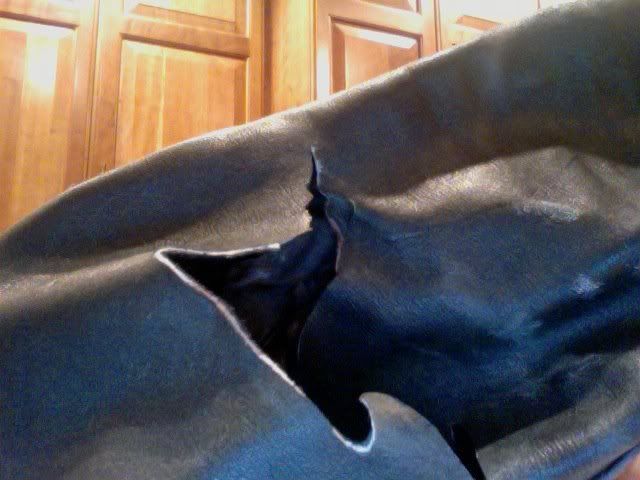Every student has things they get right immediately. Show someone a skill that has 5 important aspects. You demonstrate, they repeat it, and the first time they do it they do 3 of the aspects correctly. Excellent. Now you just focus on teaching the remaining 2 aspects. They master the skill. Later, you send them to teach someone new the same skill. Now, your student can do the skill, but they've only been exposed to teaching 2 aspects. Those are what they had to think about and work through and struggle with. Consequently, they are going to focus on those 2 things. It's entirely possible that they are not aware of the other three, or would have to rediscover them in the process of teaching. This is why teaching can be a useful learning tool: it forces you to re-examine basics, and make new discoveries about what is important. But if the newcomer automatically does the same 3 aspects as the student did correctly? Then the only thing taught is the remaining two. If those 3 are extremely common? Then, over time, it's easy to turn this into tradition. For this skill, there are only two important aspects to teach. Anyone who can't do it right after being taught those two things, well, they just don't get it.
To be a teacher, you have to examine skills, break them apart, and learn ALL the pieces. For a student, especially one in a competitive discipline, or with limited time, this is a waste. If someone never intends to teach, then teaching them all the parts and the whole process of learning them is not an efficient use of time. Even if they are going to be teaching, it may be that their students will be preselected in some manner, the teaching knowledge may be focused. If you're teaching writing skills, you can reasonably expect not to have to teach the alphabet. You may expect someone who can teach writing skills to be able to teach the alphabet (just teach them the alphabet song!), only to discover they do it in a shockingly ineffective manner (okay class, today we learn the vowels, tomorrow the common consonants, then the uncommon consonants, then regroup them to learn the ones that are sometimes silent, then we'll learn about Q. I had a lot of trouble with Q, so we'll break it down into the specific tongue and lip movements needed to form the sound. Then just put them all together in a new, seemingly arbitrary order!).
Systematic example:
My fencing coach was a product of the soviet system. A member of a national team that routinely swept the Olympics (1st, 2nd, 3rd), he was then taught to teach in their thorough, research-based methodology. He is a master of the discipline of fencing, well-known and respected throughout the fencing world.
Except.
The soviet system worked by exposing everyone in the entire country to some fencing, picking the winners from each group, the winners of winners, etc, and then taking that roughly trained cream of the crop and laser-honing them with all the available fencing knowledge. Basically, they're pre-selected for aggression, competitiveness, and basic physicality. As a result, my coach could teach everything... except aggression, competitiveness, and basic physicality. Anyone without those traits he privately considers hopeless for real fencing.
Coming up: my experiences, as someone who lacked aggression, competitiveness, and basic physicality, in learning fencing




